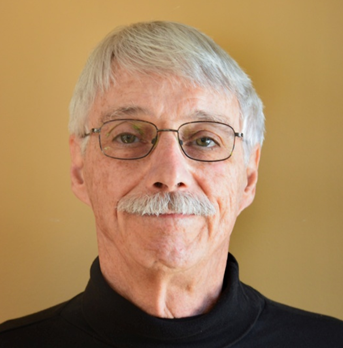Astronomy Club of Northern New England learned about solar photography in May
KENNEBUNK, Maine — The Astronomical Society of Northern New England (ASNNE) held its monthly meeting on Friday, May 6, at 7:30 p.m., at The New School, 38 York St., Kennebunk.

The high point of the meeting was a presentation by member Jon Wallace. Wallace is a self-taught expert on solar photography. Wallace was an award-winning high school science teacher in Meriden, Connecticut for over 32 years. He is past president of the Connecticut Association of Physics Teachers and was an instructor in Wesleyan University’s Project ASTRO program. He has managed the Naugatuck Valley Community College observatory and run many astronomy classes and training sessions throughout Connecticut. Wallace has had an interest in ‘non-visual’ astronomy for over thirty years and has built or purchased various receivers as well as building over 30 demonstration devices for class use and public displays. He is a NASA Solar System Ambassador and has given presentations at a number of schools, libraries and other group meetings. Another of his interests is collecting meteorites and micrometeorites. Jon currently lives in Maine and gives free presentations in schools, libraries and other venues in the Freeport area.
Many solar photographs are taken by using the light of the sun in a particular wavelength. The sun is mostly hydrogen, and a deep red spectrum line, emitted by hydrogen, is known as the hydrogen-alpha line. Photographs taken using telescopes or filters that block out all light but hydrogen-alpha, can show exceptional detail. Wallace became interested in photographing the Sun in the hydrogen-alpha line.
You could tell of Wallace's experience as a teacher, as he started out by providing some relevant background on our sun. The sun is not solid, but is a spinning globe of plasma, with a strong magnetic field. Wallace described the various zone of the sun; the central zone where fusion takes place, the zone where heat is transferred by radiation, and the zone where heat is transferred by convection.
As the sun unevenly rotates, its magnetic lines get tangled, sometimes breaking free to form loops. This is the genesis of the differing solar phenomena that we observe; sunspots, arcs, prominences, filaments, and flares. They are born below the photosphere, the sun's visible surface, and break free onto the surface.
After this description, Wallace, using various magnets and iron filings, demonstrated magnetic lines of force. Distributing small diffraction gratings (which break up light by wavelength), and various light bulbs, he demonstrated a continuous spectrum, and then, various spectral lines. He also demonstrated how the Sun ejects huge 'bubbles' of plasma.
Wallace first takes a series of 500 solar photographs, and then he "stacks" them. Wallace described the stacking program, and how he uses Photoshop, and related programs, to sharpen, and heighten certain aspects of his photographs. He showed video clips of himself performing these tasks, with examples of both the interim and final products.
To find more details of Wallace's techniques, please visit his website; scienceguymaine.com. A question and answer period followed. Wallace's Presentation was very well received.
As always, the meeting agenda included Bernie Reim's "What's Up for the Month".
For more information about ASNNE, including directions and events, or to contact the Club, you may also visit us at www.ASNNE.org.
This article originally appeared on Portsmouth Herald: May Astronomy Club Meeting report
